
IN PARTNERSHIP WITH

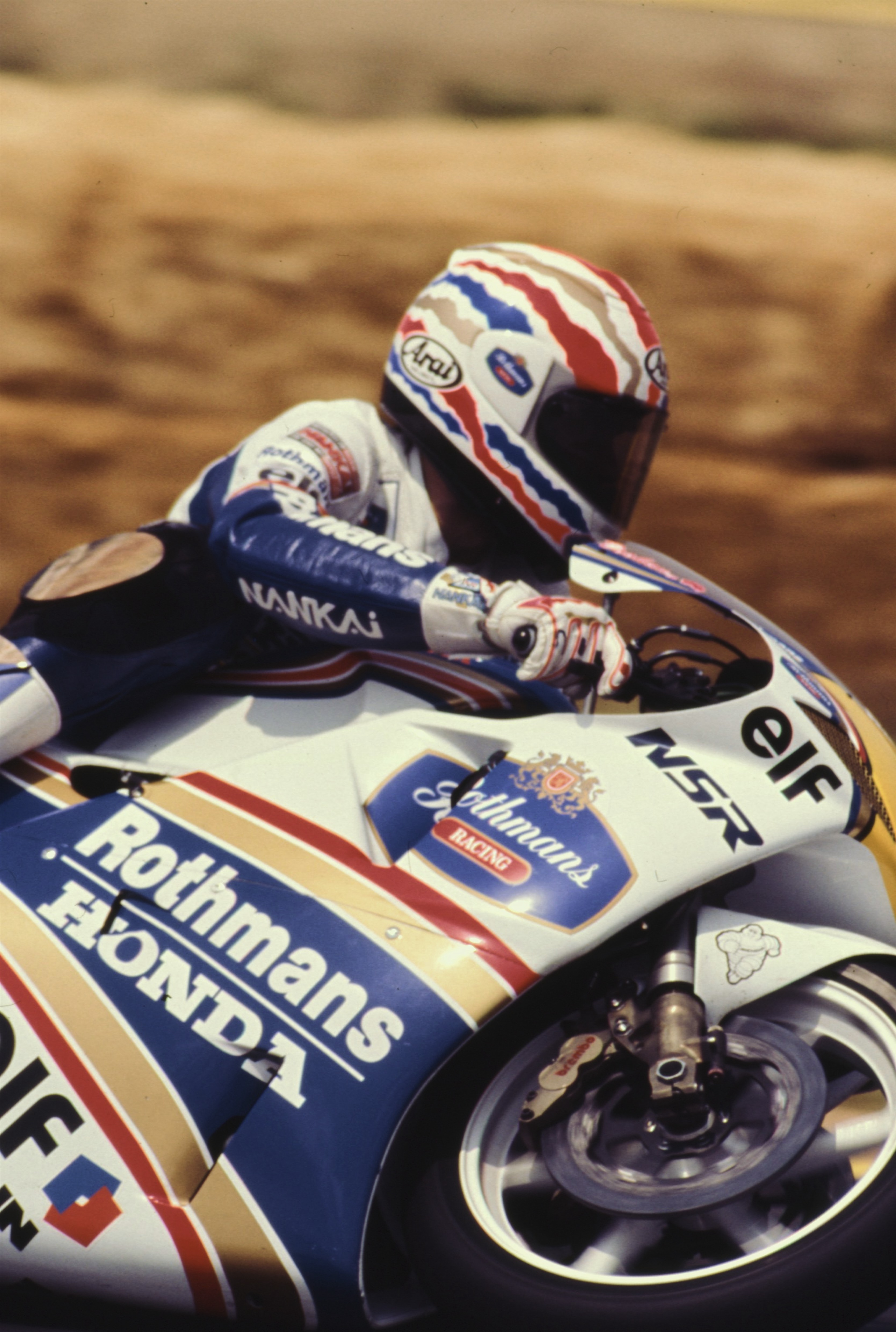
Fifty years ago, Brembo took its first steps into motorsport. Back then, the mission was simple: help the fastest drivers in the world brake with the same precision they accelerated. Half a century later, that mission has become a legacy.
From the straights of Monza to the high-speed corners of Silverstone, every Formula 1 team on today’s grid trusts Brembo brakes to make the split-second difference between victory and defeat. In MotoGP, riders lean into impossible corners slowing from extraordinary speeds with precision and control. And at the iconic 24 Hours of Le Mans, where machines and drivers are pushed for 24 hours straight, Brembo components endure every lap.
It was at the famed endurance race that we witnessed this spectacle alongside Brembo, who chose Le Mans as one of the key moments to celebrate 50 years in motorsport. Since all 62 cars on the grid contained some Brembo Group component or another, it was the perfect fit. We were lucky enough to join their team for an exclusive glimpse of Le Mans; to document the whole weekend would be an odyssey, so we’ve chosen five vignettes to capture the magic of Le Mans.
When 450,000 people descend on a quaint French town, party all night amidst the sound of engines, and build a community wholly centered on motorsport, that’s not just another race. It’s a celebration, one of history, racing, and unbridled passion, with Brembo right in the middle.
Stop One: In the Pit Lane
We stared upon the soon-to-be winning AF Corse. Now, it lay in a handful of pieces: front wing detached, engine exposed, butterfly doors framing the spaceship-esque body. Our photographer got a stern talking-to from a Ferrari engineer for taking a photo from too close, and we were shepherded along by Brembo Engineers. Walking from Ferrari down to BMW, the Brembo team explained their role as advisors, confidants, and strategists for each of the 62 cars on track. Their team is on constant stand-by in case of emergencies and — as is more often the case — to interpret real-time data for each garage.
Stop Two: Looking Forward to Friday
It felt like the first fresh breeze all day. Overlooking the old town of Le Mans, Brembo CEO Daniele Schillaci had just given a toast over a much-needed refreshment. “Our innovation helps you not only to improve what you already have today, but also to open the door to a new world.” We followed that breeze through the old town to a traditional French dinner. After the meal, we followed the sloping cobblestone streets to Le Pilier Rouge, where we ran into Fred Bouvier, a mainstay of the historic old town. We’d interviewed Fred for one of our stories in Issue 01, “A Dispatch from Le Mans,” and handed him one of our last copies of our first issue.
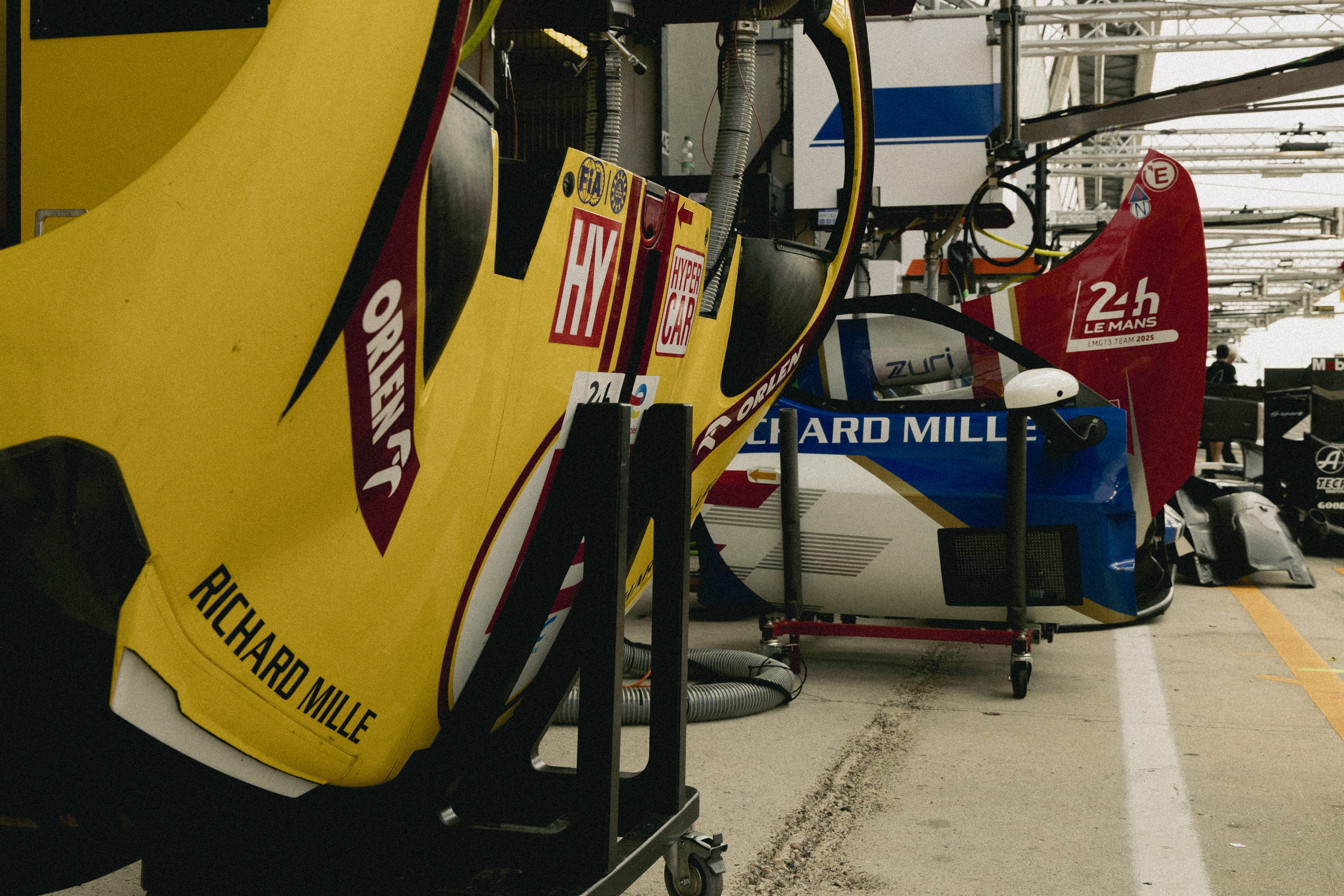
Stop Three: Race Day, Swarming the Grid
Standing one hundred or so meters up the gradual incline into turn one, you couldn’t actually see any cars, just a few dozen globs of fans and celebrities orbiting stars on the grid. As you got closer, glimpses of logo-speckled carbon fiber appeared through breaks in the crowd. And if you managed to push your way up to the rope, your reflection would glint back at you from the glossy wrap. Between the two towering grandstands, journalists, celebrities, executives, fans, and claustrophobic engineers stood on even asphalt. A Porsche mechanic took an iPhone photo of a father and son. Every Le Mans entry had its own distinct style, but if you looked closely, you could see a recognizable Brembo logo hiding behind the rims of each hypercar.
Stop Four: The Start, The Arrival
As the cars reached the midway point of the nearly 14-kilometer track, the music began to play. The song that blasted from the speakers at the Circuit de la Sarthe was “Also sprach Zarathustra,” famously known for its role in 2001: A Space Odyssey. Its signature build had started while the Porsches, Ferraris, Cadillacs, and other competitors were in the far-off distance, but now, as they approached the start line, right below where we all crammed in the open window of the Brembo Hospitality Suite, the song reached its crescendo and was quickly drowned out by a chorus of acceleration and speed.
Five: Late Night at Le Mans
3 a.m. rolled around. The Rolex clock on the gantry ticked down past 13:00:00. The engines were louder than ever. We had waited patiently for the crowd to dissolve, after sunset, after the fireworks, after midnight. Yet, while fluorescent lights showed empty hospitality suites and trackside grandstands, the infield pulsed with life. DJs egged on crowds at makeshift bars; friends invited each other to campsites; stragglers set up sleeping bags and ear plugs in the passing headlights. A few Brembo hosts walked us to Turn 4, where the cars come flying under the Dunlop Bridge and then brake hard through the downhill esses, and instructed us to watch the brakes closely. In the dark, you could see the ceramics glowing orange with intense heat, still operating just as designed. Whatever calm we expected never came, and the celebration felt ceaseless. As we left the track at 4 a.m., we passed a group of young fans ready to conquer the sunrise.
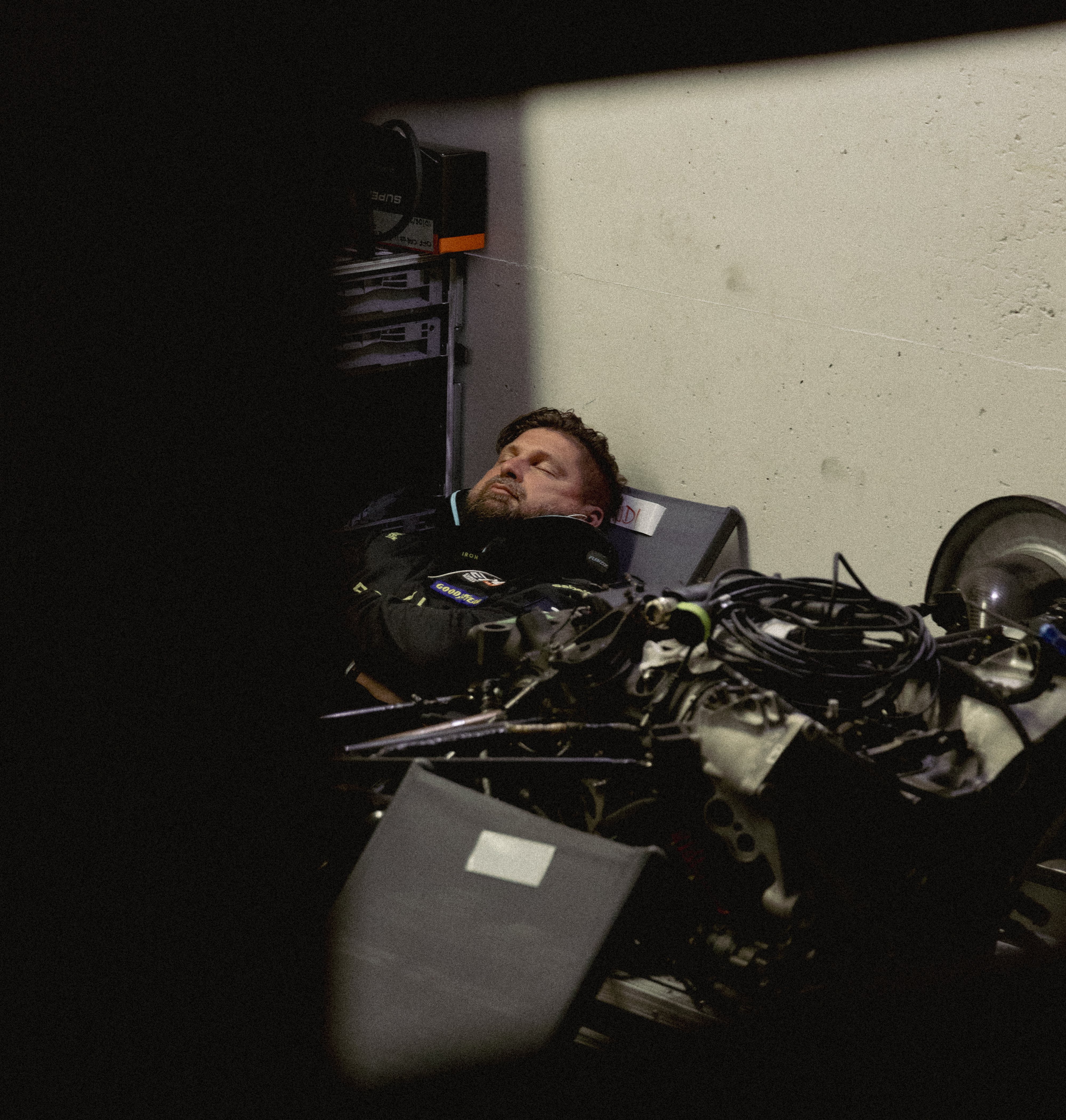
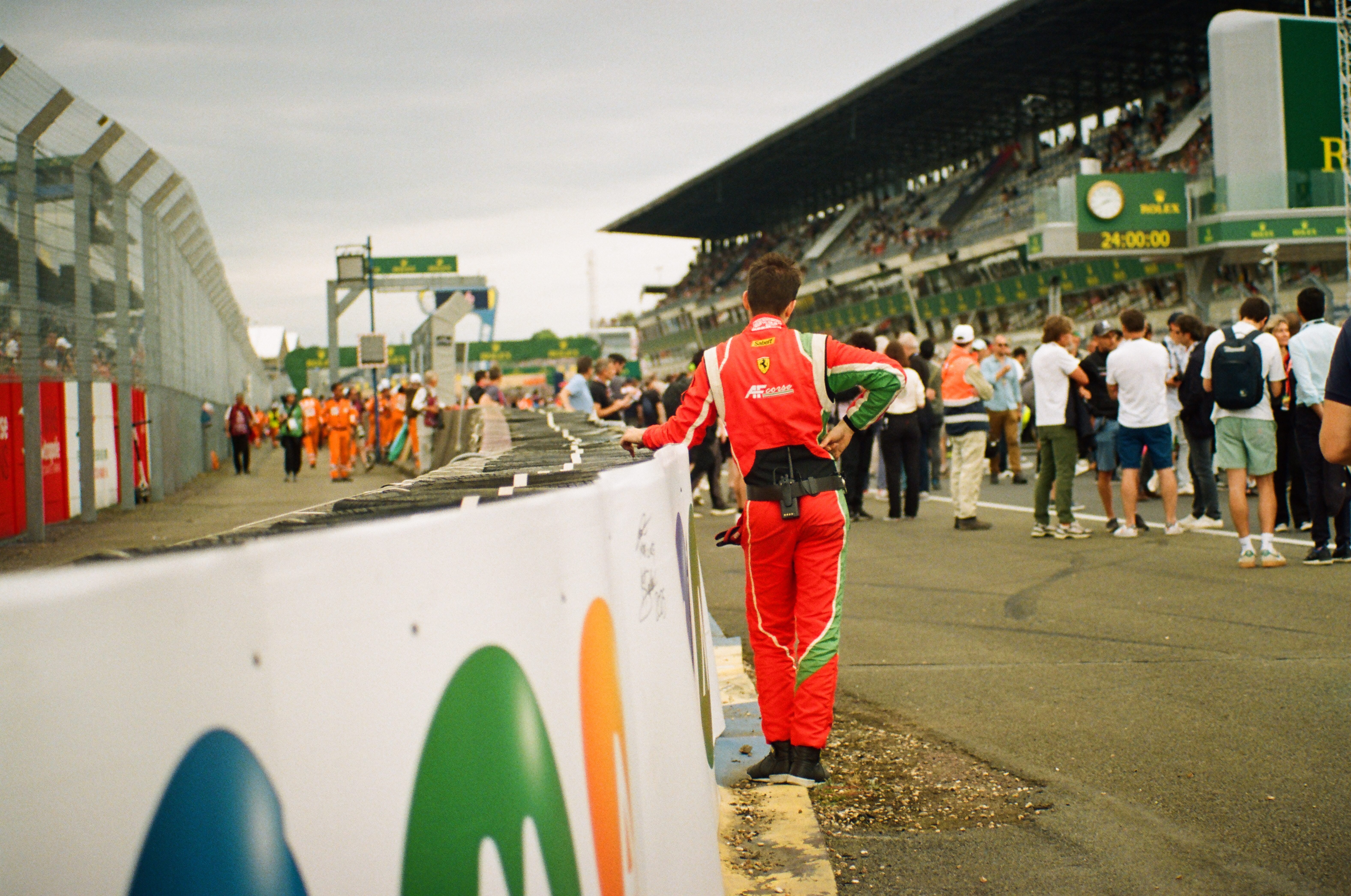
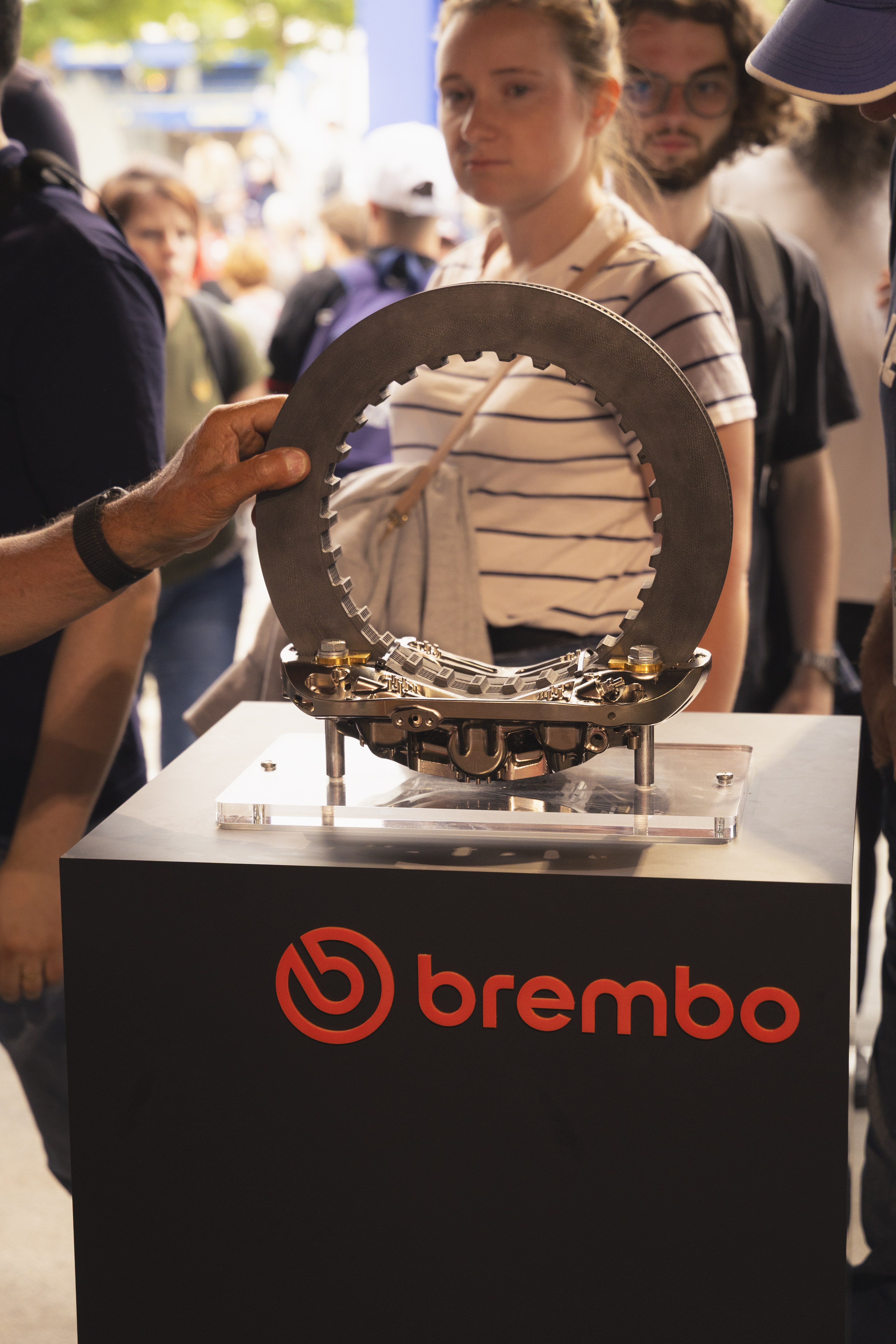
Reaching a 50-year milestone is no small achievement, and at a race like Le Mans, it’s easy to reminisce on motorsport history and the iconic brands that have shaped it — Ferrari, Michelin, Brembo. However, throughout the weekend, people around the track made one thing clear: Brembo isn’t looking back. As CEO Schillaci put it, “Brembo in automotive racing means for us, in a competition world, you need to be quick, you need to be fast, you need to learn new technology, you need to adapt your process, your technology, and your material very quickly. This is what drives the spirit of innovation.”
This innovation is clear as the brakes giant begins to write its next chapter — one that blends its racing DNA with bold, new ideas. Just take a look at Sensify: an AI-powered intelligent braking system that reimagines how drivers interact with their cars. According to Schillaci, Sensify is “a breakthrough, a new standard in the automotive industry” that blends advanced sensors, data analysis, and Brembo’s engineering experience to create a system that adapts to conditions and driving style in real time.
But Brembo’s evolution is not just about technology — it’s about culture. From software to fashion, community to design, they’re embracing a new era of racing and pushing the boundaries on what an automotive brand can be. At this year’s 24 Hours of Le Mans, the company teamed up with iconic Italian brand Kappa to design a custom team kit. It was a nod to style, creativity, and a new generation of motorsport fans who live and breathe the sport. “In 2025, Brembo is no longer about brakes,” says Motorsport Communications Manager Daniele Bettini. “It is a brand that is cool, global, digital … that has to speak to the younger generation, to Gen Z.”
For a recent entry to motorsport like Esses, it was refreshing to see a legacy name like Brembo — fifty years into its racing journey, dominant on the racetrack — focus on bringing new audiences into the sport. While they remain a trusted name in the paddock, in Le Mans, and beyond, their reach is set only to grow.
Their technology will continue to set the standard in motorsport, and their new projects point firmly towards an even brighter future.